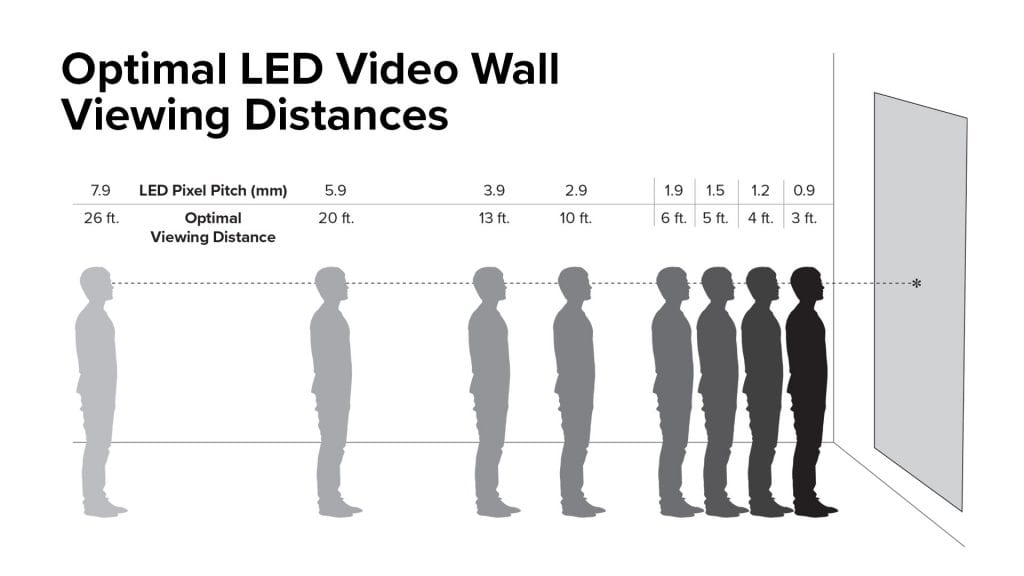
From a distance pretty much all LED will look alike. However as we get closer to them, the ones with more pixels per square foot will look sharper. It’s very important that you know exactly what’s the distance from where the LED will be installed to where the first row of people will be in order to pick the right pixel pitch for your screen.
The refresh rate of your display refers to how many times per second the display is able to draw a new image. This will directly impact on getting black lines when filming with and LED in the background. The higher the refresh rate the less lines you will experience. If you are planning to have talent in front of an LED wall and film with a video camera, always consider getting LEDs with high refresh rate (3840 Hz at least). Notice that in real life our eyes may not notice the difference when it comes to refresh rate so you may not see the lines, however at the moment you watch the image through a video camera they will start to show up. We offer advanced LED screens with 7840 Hz Refresh Rate.
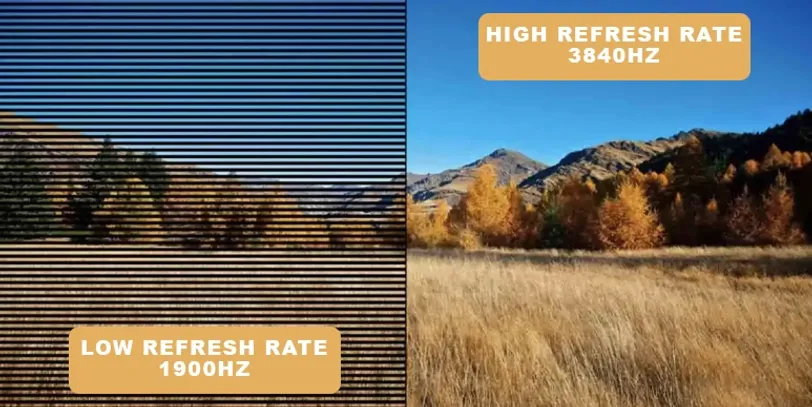
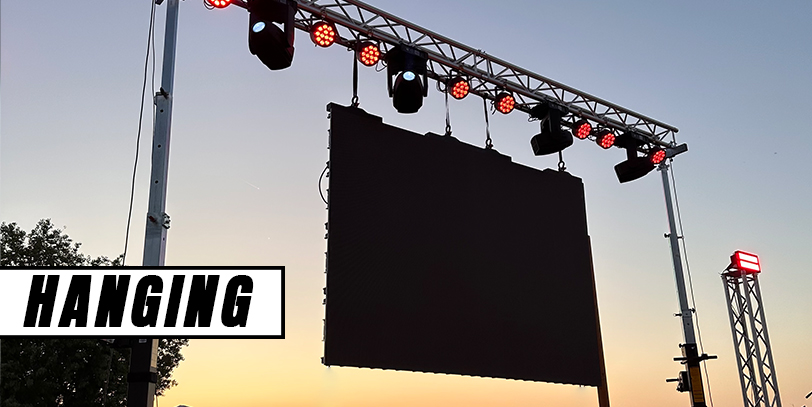
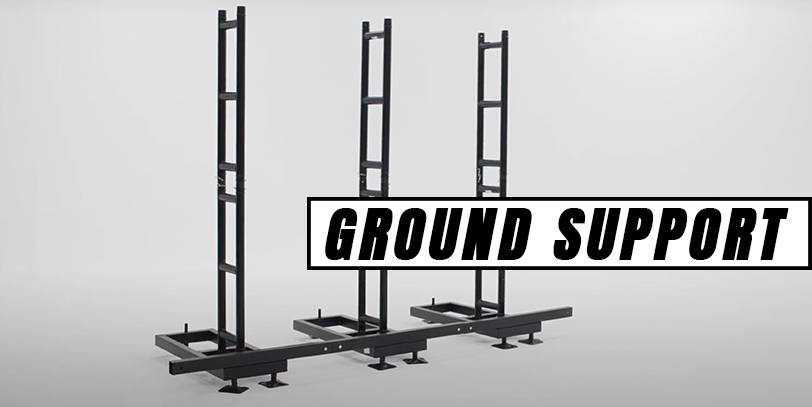
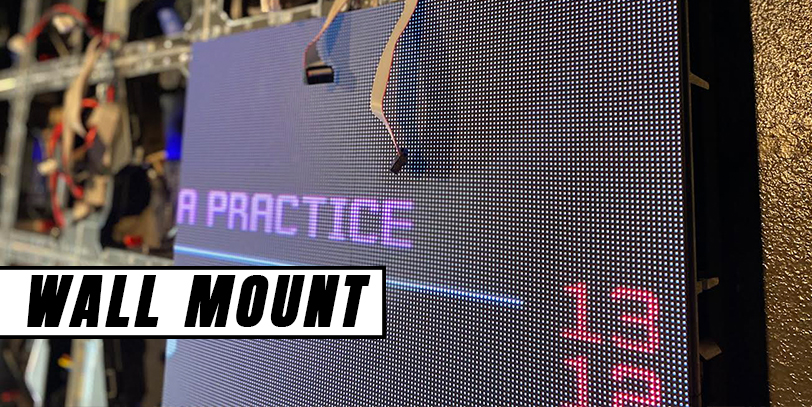
Flown Method (rigging): There are certain requirements that need to be in place in order to fly a screen. Most importantly, there needs to be ample structural support in the ceiling to hold the total weight of the screen. When someone says they want to “Fly” an LED screen, that means the screen will be rigged to either an overhead truss system, a ceiling grid, a crane, or some other support structure from above.
Ground Support Installation: This method system is a combination of a base-unit, connection bar, and ladder truss that creates a very stable system to support your LED screens in various configurations and offers flexibility in height as well as width.
Wall Mounted: Some panels can be drilled and mounted into the wall. This is a great option if you’re looking for an aesthetically clean look with easy maintenance features. This type of installation usually takes longer periods of times. Notice that not all the panels can be wall mounted.
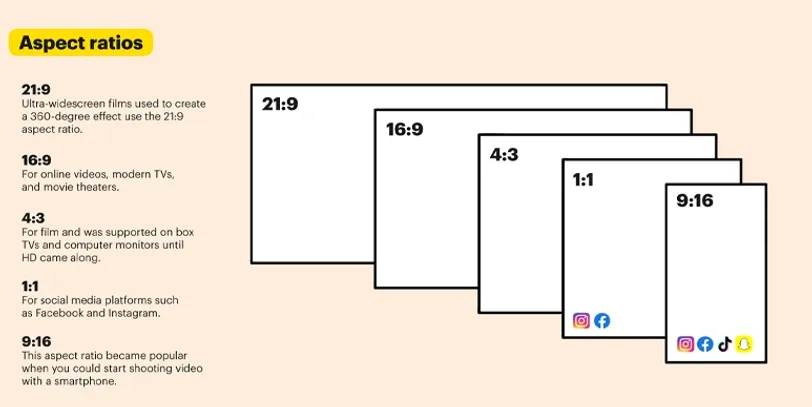
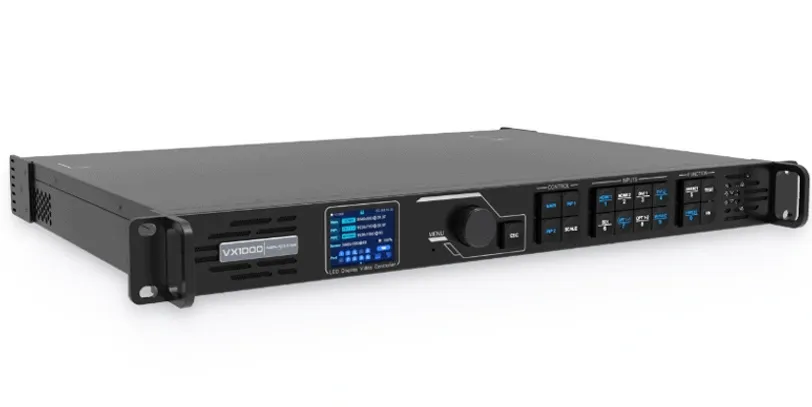
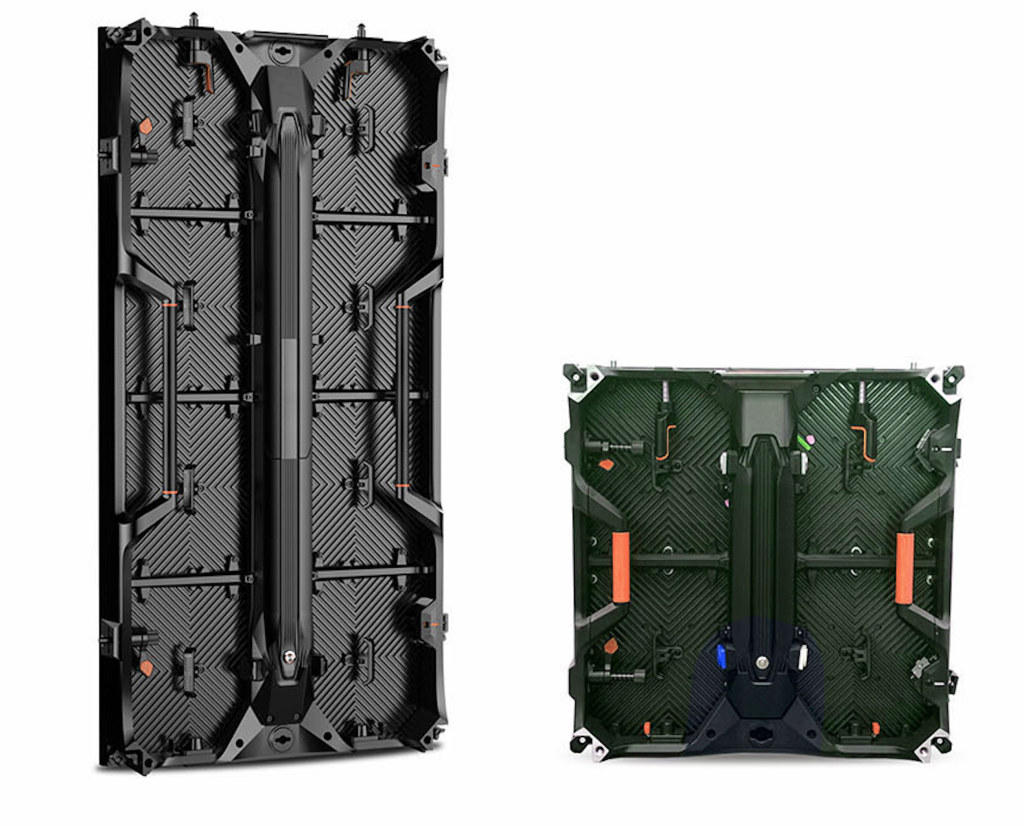

2020 Eye St. Suite 464. Bakersfield, CA. 93301
Copyright © 2024 SV Solutions. All rights reserved.